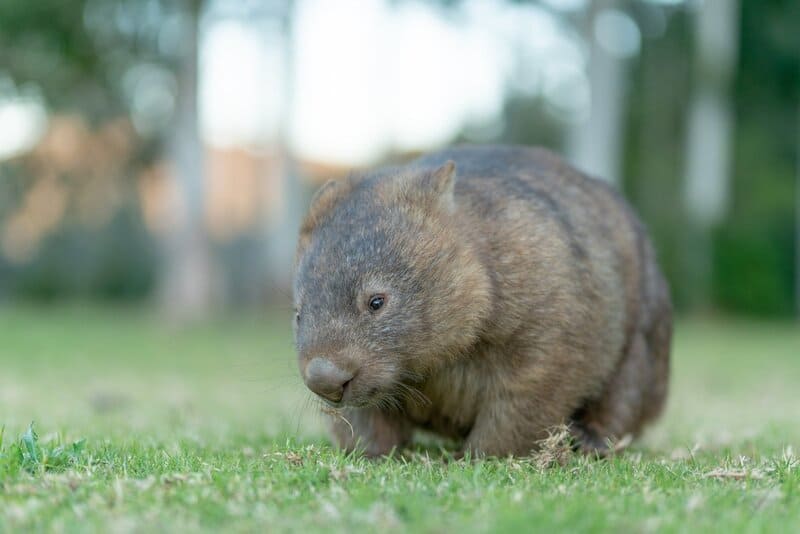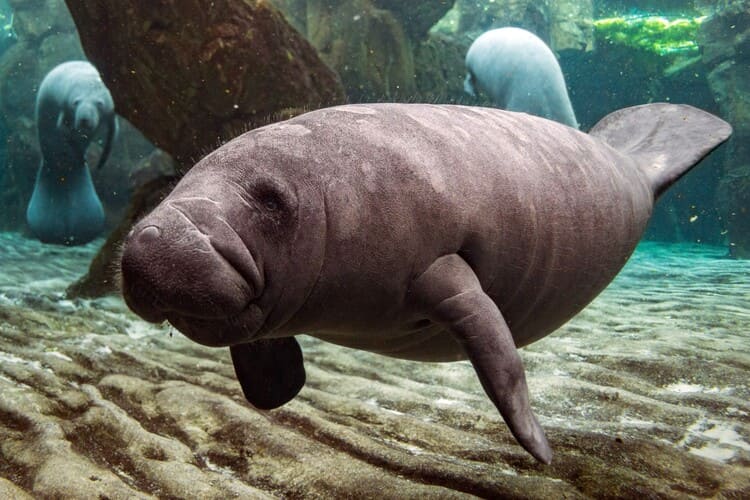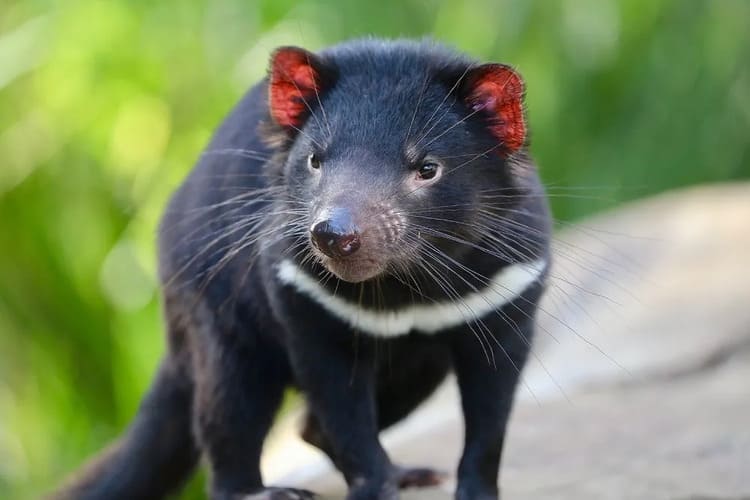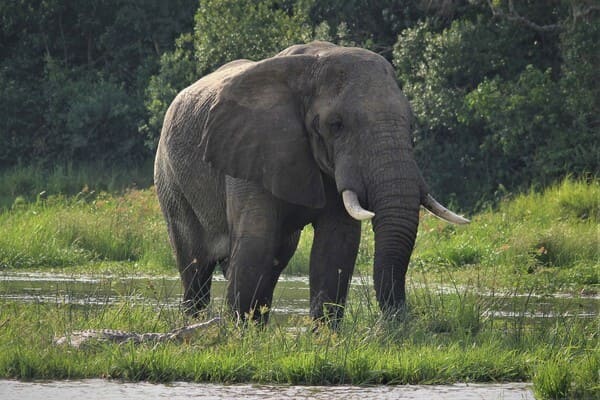Chlamyphorus truncatus
IUCN
LCBasic Information
Scientific classification
- name:Chlamyphorus truncatus
- Scientific Name:Chlamyphorus truncatus,Pink Fairy Armadillo,Pink-haired armadillo, sushi armadillo
- Outline:Mammal
- Family:Armadillo Armadilloidae P.Armadillo
Vital signs
- length:9-11.5cm
- Weight:Less than 100g
- lifetime:4-7years
Feature
It looks like salmon sushi, and its longest claw is about one-sixth of its body length.
Distribution and Habitat
The pygmy armadillo is found in Argentina (Buenos Aires, Catamarca, Cordoba, La Pampa, La Rioja, Mendoza, Rio Negro, San Juan, San Luis).
The pygmy armadillo lives in savannas and desert areas with sparse shrubs, and digs its nest in the ground.
Appearance
The dwarf armadillo can be said to be the most peculiar of four-legged animals. It has long white hair on its abdomen, four long and sharp claws, and golden bone plates on its back. Moreover, its bone plates are not as indestructible as those of other armadillos. Its flexible scales are tightly attached to its body, so its neck and torso can move freely.
Details
The pygmy armadillo (scientific name: Chlamyphorus truncatus) is also known as the Pink Fairy Armadillo. It is the smallest species of the armadillo family.
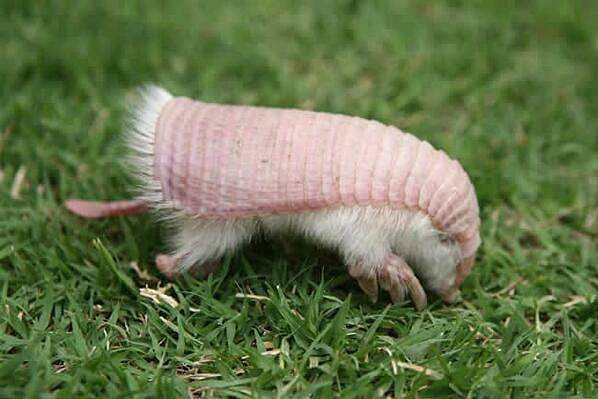
The pygmy armadillo has a high level of digging skills and is said to be able to disappear into a hole in a few seconds. It lives alone and is a nocturnal animal. It usually hides in caves to rest during the day and goes out to forage at night. It cannot tolerate low temperatures and humid environments, and will move to dry high places during the rainy season.
The main food of the pygmy armadillo is ants. If it can't find ants, it will rely on worms, snails, and plant roots to fill its stomach. Sometimes it also picks up carrion like other types of armadillos.
The mating and reproduction process of the pygmy armadillo is still a natural mystery. At present, scientists only know that this animal lives a polygamous life during the breeding season. The female animal only gives birth to one cub per litter. The newborn cubs are hairless and have soft bone plates. They can live for more than 4 years in captivity.
The pygmy armadillo is only distributed in a few areas of Argentina. It is a highly endangered species with a small population. The main threats to the survival of this species are the destruction of local land and predation by domestic dogs.
Listed in the "World Conservation Union" (IUCN) ver 3.1: 2009 Red List of Mammals - Data Deficient (DD).
Protect wild animals and eliminate game.
Maintaining ecological balance is everyone's responsibility!

